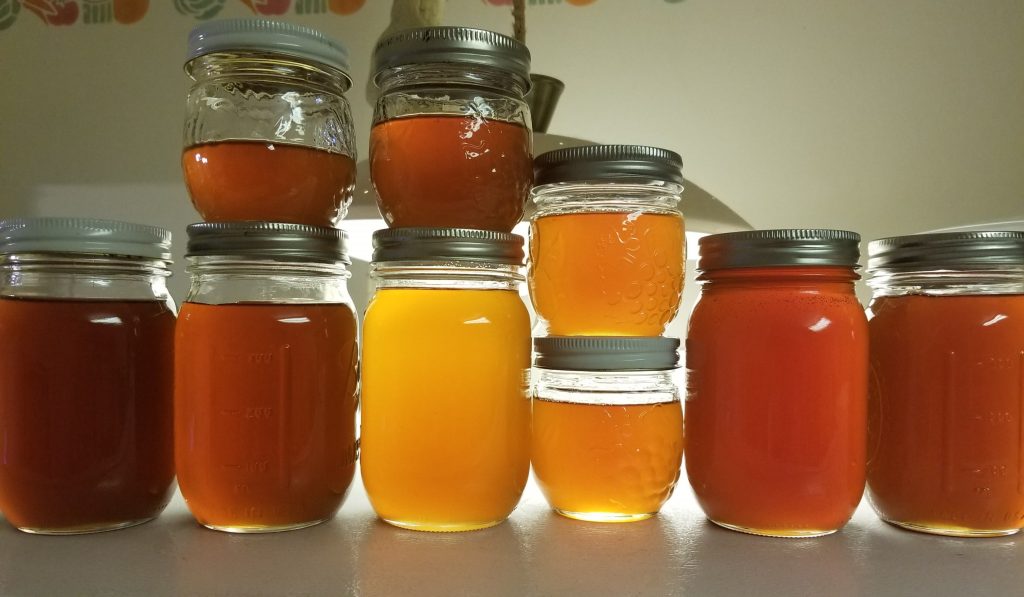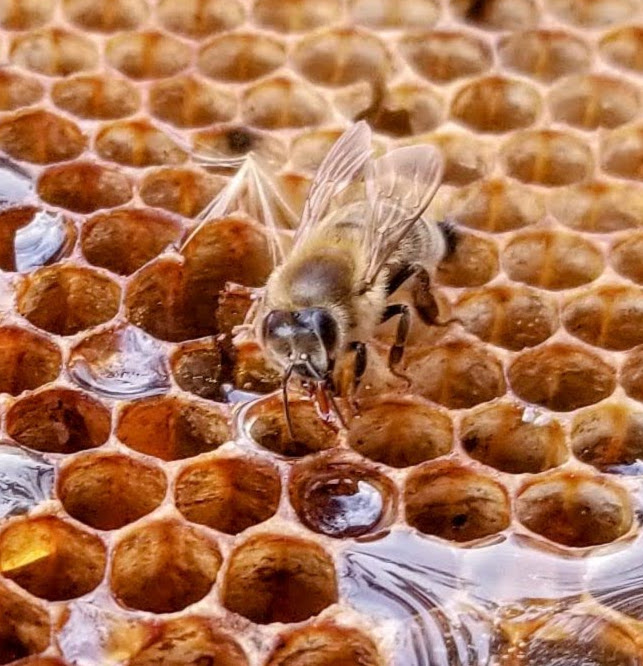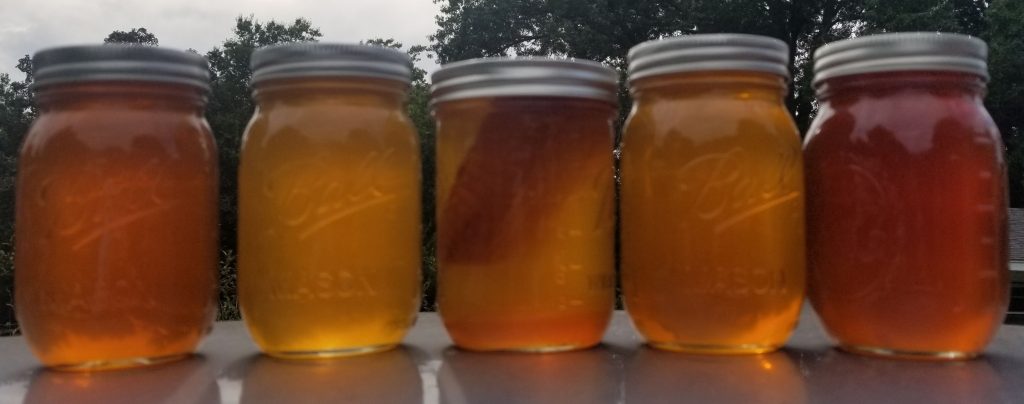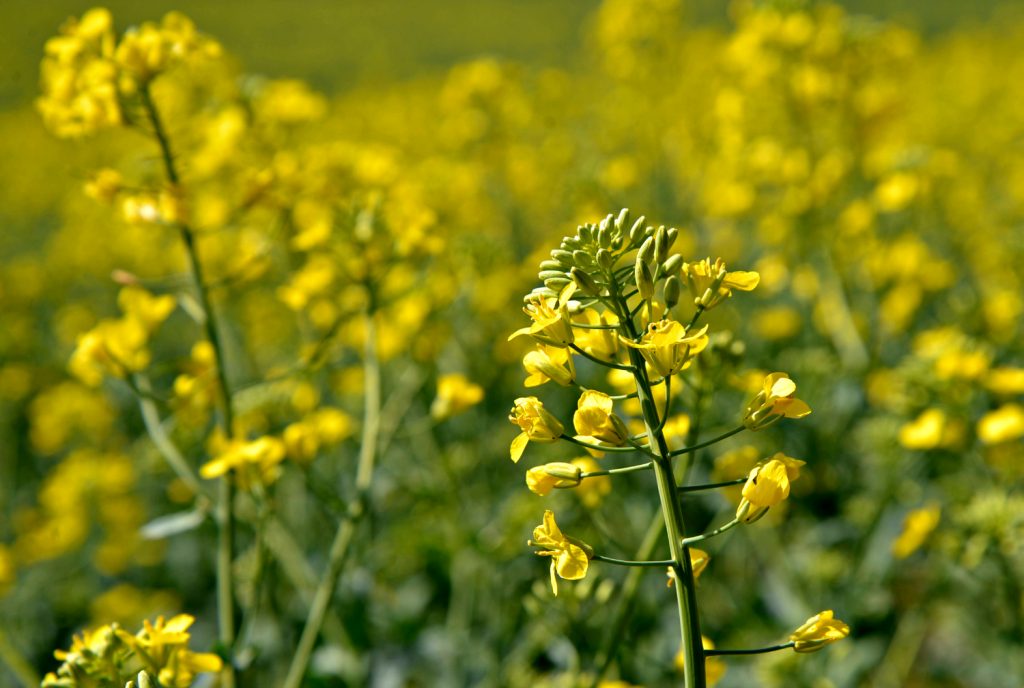
Honey is a product of honey bees. Along with its proven health benefits, it is sweet and delicious alone and in combination with other foods!
Why is honey important for honey bees?
Honey bee colonies require carbohydrates to maintain the adult population. These carbohydrates come from nectar, honey, or sugar syrup. Honey is their primary food source during times of dearth (for example, drought) or seasonal changes such as during winter. Without honey stores, the colony faces starvation.
For the honey bee, honey provides energy, enabling their activities both inside and outside the hive: for example, flight muscles for foraging during the spring and expanding their flight muscles to generate heat in the winter. Beekeepers can harvest the honey excess.
How is honey created?
At its base, honey is 80% sugar – mostly fructose and glucose – and 17% water. The remaining ingredients are organic acid, enzymes and minerals. [1] In the United States, we can find over 300 unique types of honey. [2] Flower nectar is transformed into honey through a series of processes that requires a lot of bees and a lot of teamwork! [4] Forager bees find nectar-rich flowers. At the flower, the bee uses its proboscis, a straw like appendage on the bees mouth, to drink nectar from a flower.

Nectar is stored in a special organ called the honey stomach. At the moment nectar reaches the honey stomach, enzymes begin to break down the complex sugars of the nectar into simpler sugars. The bee will continue visiting flowers until its honey stomach is full, then it returns to the hive.
After the foraging honey bee returns to the hive, a waiting receiver bee – younger bees who have not yet matured to become foragers – receives the modified nectar from the forager. (In plain terms, the forager regurgitates from their honey stomach to a younger house bee. This receiver bee ingests it into its honey stomach where more enzymes further break down the sugars.) Once fully processed, the house bee regurgitates the fully inverted nectar into a waiting cell of the honeycomb. Hive bees furiously beat their wings to evaporate the remaining water content. As the water evaporates, the sugars thicken into a substance recognizable as honey.

Why does honey comes in different colors?
The color and flavor of honey depends on the nectar source – flower blossoms – visited by the honey bees. [2] Honey color ranges from nearly colorless to dark brown, and its flavor varies from delectably mild to distinctively bold. Usually, light-colored honey is milder in taste and dark-colored honey is stronger. For example, buckwheat honey is dark and full-bodied while clover honey varies in color from water white to light amber to amber and has a pleasing, mild taste.

Multifloral environments will be areas where honey bees could collect nectar from a variety of types of flowers; monofloral environments will be areas where honey bees visit and collect nectar from a single type of flower. [5] Examples of monofloral areas would be clover fields or an almond grove. How would honey collected from hives in these areas be affected by their environment? Both types of honey have their distinct characteristics and benefits. In monofloral environments, we could expect the honey to be consistent in color and flavor across each of the frames in the hive, but in a multfloral environment, we may see different colors of honey across the frames. If we processed the honey from multifloral areas, we could expect its flavor would be a unique combination of the varied nectar sources!
References and Additional Information